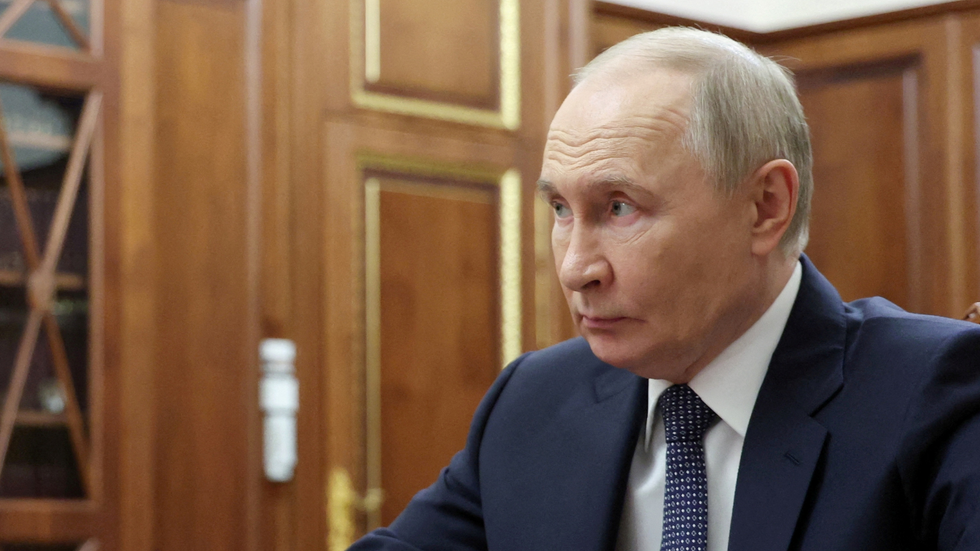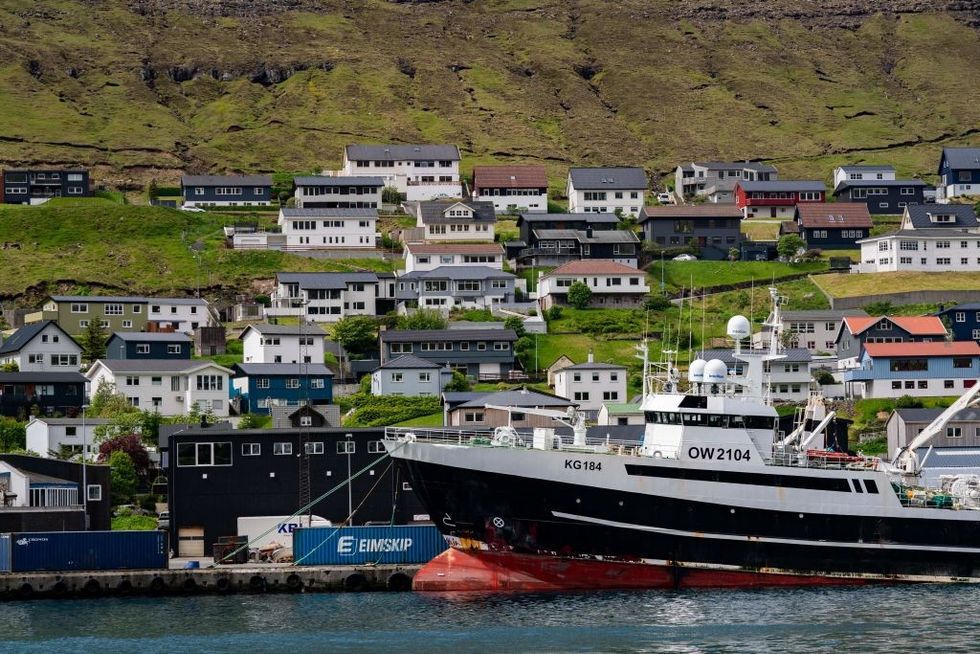



Undersea cables in the Atlantic have once again been threatened by Russian trawlers as concerns grow over sabotage.
Last week, a Danish patrol ship shadowed a Russian fishing vessel as it sailed to the Faroe Islands, raising fresh fears over Moscow's use of commercial trawlers for underwater surveillance and sabotage.
The HDMS Knud Rasmussen followed the Soviet-era vessel Melkart-2 for several miles before it docked at Klaksvik port last Wednesday to offload mackerel.
The Faroe Islands remain the sole location in western Europe where Russian ships can still dock after the EU imposed port bans following Moscow's 2022 invasion of Ukraine.

REUTERS
|Intelligence chiefs have long pointed to Russian involvement in the sabotage
This exception stems from a historic fishing arrangement between the Faroese Government and Russia, but it has alarmed European security services who fear Russian vessels could target vital submarine cables linking Britain and Europe.
Brussels and Oslo imposed sanctions on Murman Seafood last month, the Russian firm which runs Melkart-2, alleging its vessels have been "engaging in and supporting actions aimed at interfering with critical infrastructure".
European Council officials specifically highlighted another company vessel, Melkart-5, for displaying "repeatedly shown untypical behaviour inconsistent with its regular economic practices and fishing activities".

GETTY
|The HDMS Knud Rasmussen followed the Soviet-era vessel Melkart-2 for several miles before it docked at Klaksvik (pictured)
The trawler sailed repeatedly over a Norwegian submarine fibre-optic link in January 2022, crossing the cable connecting a satellite facility to the mainland more than 140 times.
The cable was found severed the following day with a portion missing.
Officials also accused the vessel of lingering near NATO maritime exercises and making repeated appearances close to Norwegian military installations and vital infrastructure.
Intelligence reports have identified connections between Murman Seafood's leadership and Russian security services.
Arnold Kukushkin, the firm's deputy director, previously served as a senior FSB officer in Murmansk from 2010 to 2015, according to research by Dossier Centre.
The investigation linked Kukushkin to an intelligence division focused on underwater combat operations.
Isaak Petersen, a Faroese trawler captain familiar with Melkart-2's operations, confirmed the vessel could easily damage submarine cables if directed to do so.
"At some points, the undersea cables are only 100m deep," the 50-year-old skipper explained to The whilst at Klaksvik harbour.
He added: "There's a map of them so you know exactly where they are. If you want to damage them, it's easy".
Petersen noted that while the trawlers typically target mackerel and blue whiting at depths of 100-200 metres, their equipment includes trawl cables capable of reaching approximately 1,000 metres below the surface.
Two major communications links pass through Faroese waters: Farice-1, linking Iceland, the Faroes and Scotland, and Shefa-2, connecting the islands with Shetland, Orkney and the Scottish mainland.
Shefa-2 suffered damage in October 2022, causing power cuts in Shetland, though the cause remained undetermined.
Then-Foreign Secretary James Cleverly said he could not dismiss potential Russian involvement in the incident at the time.
It's not just Russia - in March, China announced a breakthrough deep-sea cable cutting device a breakthrough deep-sea cable cutting device which could sever underwater communications lines across the world.
